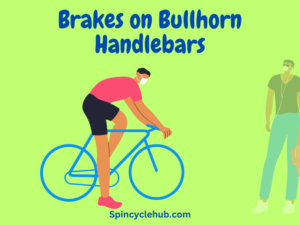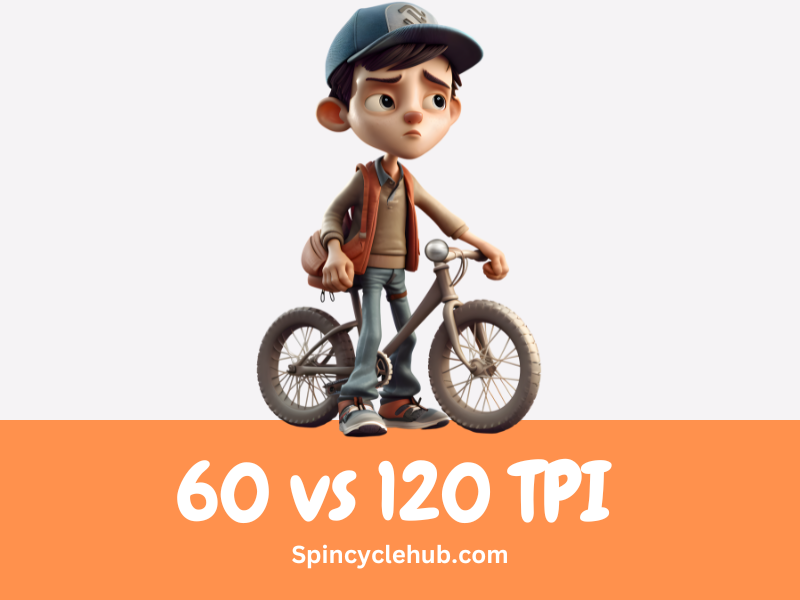Introduction
When it comes to cycling, safety should always be a top priority. One important aspect of bike safety is having reliable brakes that provide efficient stopping power. Bullhorn handlebars, with their unique design and versatility, have gained popularity among cyclists. However, installing brakes on bullhorn handlebars can be a bit tricky due to their unconventional shape. In this article, we’ll explore the importance of brakes on bullhorn handlebars, the challenges involved, and practical solutions to enhance safety and control.
Understanding Bullhorn Handlebars
Bullhorn handlebars are known for their distinctive shape that resembles the horns of a bull. They offer a different riding experience compared to traditional handlebars, providing a more aerodynamic position and improved control. These handlebars are favored by urban cyclists, fixie enthusiasts, and riders seeking a sleek and minimalist look for their bikes.
The Need for Brakes
While bullhorn handlebars offer several advantages, they often lack integrated brake levers. This absence of brakes can be a safety concern, especially when riding in busy urban environments or encountering sudden obstacles. Brakes are essential for maintaining control and ensuring a prompt stop when needed, making them a vital component for any bicycle.
Challenges of Installing Brakes on Bullhorn Handlebars
Due to their unique shape, installing brakes on bullhorn handlebars can pose a challenge. The lack of available space for traditional brake levers requires some creative thinking and adaptations. Additionally, routing the brake cables along the handlebars while maintaining a clean and aesthetically pleasing appearance can be another hurdle.
Brake Solutions for Bullhorn Handlebars
Fortunately, several solutions exist for installing brakes on bullhorn handlebars, offering cyclists the safety and control they need. Here are a few options to consider:
Inline Brake Levers
Inline brake levers, also known as interrupter or cross-top levers, are a popular choice for bullhorn handlebars. These levers are installed near the handlebar bends, allowing riders to brake from the bullhorns without needing to reach for the main brake levers. Inline levers provide an additional hand position and enhance control, making them a valuable safety addition.
Time Trial Brake Levers
Time trial or triathlon brake levers are another alternative for bullhorn handlebars. These levers are designed to be mounted at the end of the bullhorns, providing easy access to braking while maintaining an aerodynamic riding position. Time trial levers are particularly suitable for riders who prioritize speed and efficiency.
Geared Brake Levers
Geared brake levers, often used in combination with internal hub gears or single-speed drivetrains, can also be adapted for bullhorn handlebars. These levers integrate the shifting mechanism with the braking function, allowing for a cleaner and more streamlined setup. They offer a sleek and minimalist look, which aligns well with the overall aesthetic of bullhorn handlebars.
Installation and Adjustment Tips
Proper installation and adjustment of brakes on bullhorn handlebars are crucial for optimal performance and safety. Here are a few tips to keep in mind:
Seek Professional Assistance
If you’re not confident in your mechanical skills, it’s wise to consult a professional bike mechanic for brake installation. They have the experience and knowledge to ensure proper setup and adjustment, minimizing the risk of malfunction or inadequate braking power.
Consider Cable Routing
Routing the brake cables along the bullhorn handlebars should be done thoughtfully to avoid interference with other components and maintain a neat appearance. Take your time to find the best routing path, securing the cables properly to prevent movement or rattling.
Test and Fine-Tune
After installing the brakes, it’s crucial to test their performance and make any necessary adjustments. Ensure that the brakes engage smoothly and provide sufficient stopping power. Fine-tune the cable tension and brake pad alignment for optimal braking efficiency.

Conclusion
Installing brakes on bullhorn handlebars is an important step to enhance safety and control while cycling. Despite the challenges presented by their unique shape, various solutions are available to accommodate brake systems on bullhorns. Whether you opt for inline levers, time trial levers, or geared brake levers, prioritize proper installation and adjustment for optimal performance. By equipping your bullhorn handlebars with reliable brakes, you can ride with confidence and peace of mind.
FAQs (Frequently Asked Questions)
1. Can I install any type of brakes on bullhorn handlebars?
While there are several options available, not all brake types are compatible with bullhorn handlebars. It’s essential to choose brakes specifically designed for bullhorn handlebars or seek professional advice for suitable alternatives.
2. Are inline brake levers easy to install?
Inline brake levers can be installed by cyclists with basic mechanical skills. However, if you’re unsure or uncomfortable with the installation process, it’s recommended to consult a professional bike mechanic.
3. Can I use my existing brake levers with bullhorn handlebars?
In most cases, traditional brake levers are not compatible with bullhorn handlebars due to the difference in shape and ergonomics. It’s advisable to explore alternative brake lever options designed for bullhorns.
4. How do I maintain and adjust brakes on bullhorn handlebars?
Regular maintenance is essential for optimal brake performance. Keep the brake cables clean and lubricated, and periodically check the brake pads for wear. If you experience any issues or notice decreased braking efficiency, consult a bike mechanic for adjustment or replacement.
5. Are bullhorn handlebars suitable for all types of cycling?
Bullhorn handlebars are commonly used in urban cycling, fixie riding, and other disciplines where a more aerodynamic position and control are desired. However, personal preferences and riding style should ultimately guide your choice of handlebars.
Watch this one,
Video Credits – The Ride Shop
DOWNLOAD THIS ARTICLE : Brakes on Bullhorn Handlebars
You May Also Like
- 60 vs 120 TPI: Unraveling the Thread Count Mystery
- Bulge in Bike Tire : A Bumpy Ride or a Serious Concern?
- Bike Tire Valve Stem Pushed In: What to Do?
- U Brake to V Brake Adapter: Simplifying Your Brake Upgrade



